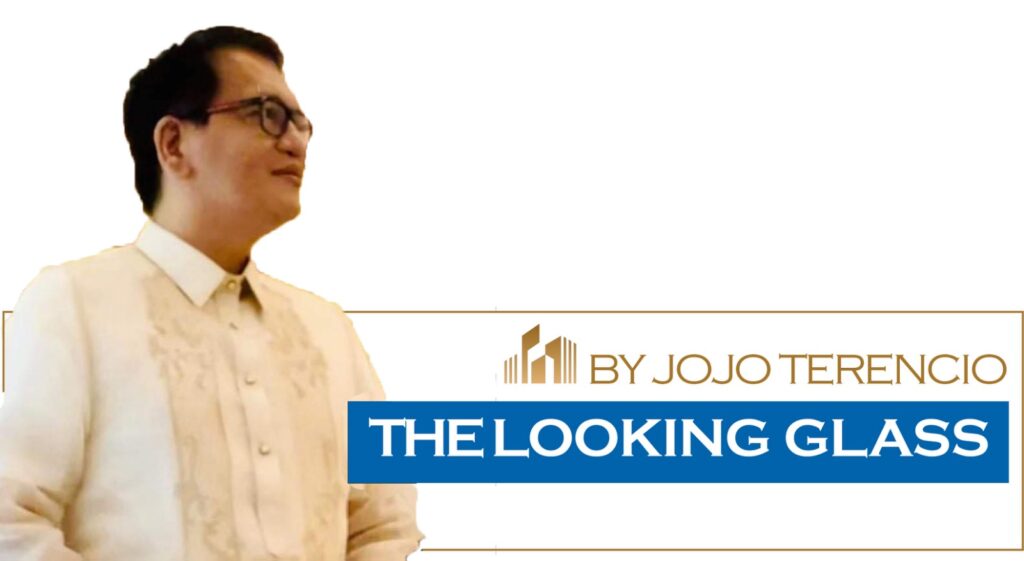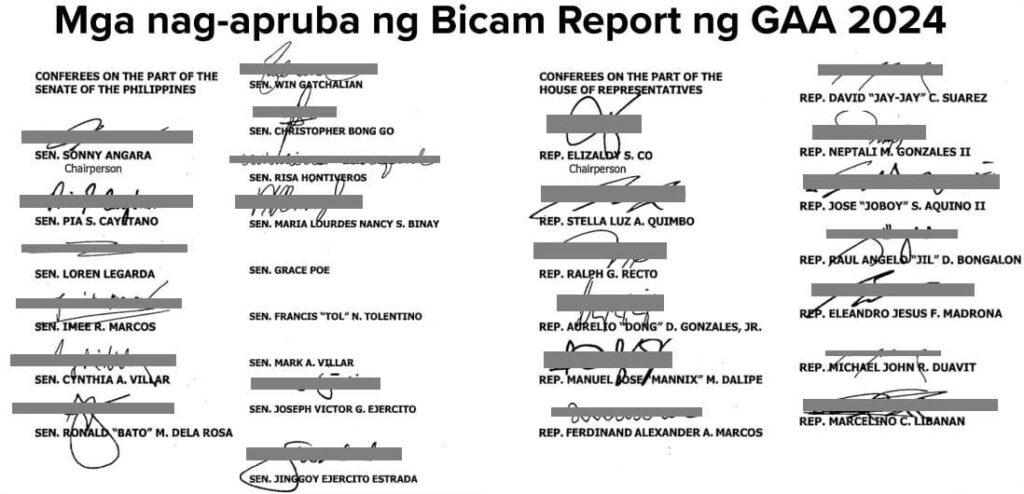📷: Kodao Productions
Joe Torres was grinning ear-to-ear in February 2025 when the Committee to Protect Journalists (CPJ) reported that no journalist was killed in the Philippines in 2024, which is a record of sorts, and the chief of the Presidential Task Force on Media Safety (PTFoMS) spread the good news to every corner of the media industry, including those in idyllic Dapitan City.
Indeed, it was welcome news to Torres. Still, to those who have been incarcerated and who have been slapped with criminal charges for exercising press freedom, the problem should not be limited to counting the body bags and celebrating when in 12 months, the angel of death did not visit any reporter, photographer or editor. Do not ever neglect those who have been imprisoned on trumped-up terror charges, or those who have been languishing In jail for five years in Leyte, all because some wise guy heeded the call of the unlamented ex-president and now detainee of the International Criminal Court (ICC) Rodrigo Duterte for the police and military to manufacture evidence against their prey.
Torres should look deeply into how the National Task Force to End Local Communist Armed Conflict (NTF-ELCAC) has been going hammer and tongs against regional and local news outlets that have been covering issues that have affected marginalized communities, like the people of Negros Occidental who are opposing the establishment of oil palm plantations in an abandoned logging concession used to be owned by Americans, or the indigenous groups protesting the dam projects in the Sierra Madre that straddle Rizal and Quezon provinces that have short shrift to their opposition, or those resisting quarrying and mining operations in Northern Luzon as well as in Leyte and the Samar provinces.
As a former newsman himself before he was shunted off to head the Philippine Information Agency (PIA) and then transferred to PTFoMS, Torres should grieve that Duterte’s playbook in Davao City has become the template for attacking journalists, slapping them with a variety of criminal charges, from possessing firearms they do not know how to use and which suddenly materialized in their bags or cabinets, to being financial backers of “terrorism,” a catch-all category that continues to be ill-defined by the NTF-ELCAC and the Anti-Terror Act (ATA) as well as the anti-terror financial law, or for covering such humdrum but “subversive” activities as farmers seeking higher farmgate prices for their crops or workers demanding decent wages aside from residents seeking the dismantling of military detachments in their areas.
Torres should also look into the case of Frenchie Mae Cumpio, who has already spent five years of her young life in a Leyte jail. Now 26, Cumpio is a local journalist whose case has been taken up by the One Free Press Coalition as one of the 10 worst cases of the trampling of press freedom. The list was released coinciding with the celebration of World Press Freedom Day on Saturday, May 3, and the international campaign to free those who have been imprisoned for seeking to tell the truth. Local and international media organizations have urged the Marcos Jr. government to drop the “trumped-up” charges against Cumpio and her fellow accused. Last year, UN special rapporteur on freedom of expression Irene Khan called on the Philippine government to conduct speedy trials to enable Cumpio and colleagues to defend themselves and debunk the outrageous charges slapped against them.
“These 10 cases illuminate governments’ efforts at criminalizing journalism, silencing the media, and withholding information from the public,” the coalition said. The coalition includes CPJ, the International Women’s Media Foundation (IWMF) and the Rapporteurs Sans Frontieres (RSF) or Reporters Without Borders. CPJ said that by yearend 2024, a total of 361 journalists were behind bars worldwide, much higher than the 320 recorded in 2023. In August 2024, the coalition celebrated the release of two American journalists—Evan Gershkovich and Alsu Kurmasheva—from Russian detention after their cases topped the May 2024 list of “10 Most Urgent” press freedom cases.
“Given the increasing number of journalists detained for simply doing their jobs and seeking to tell the truth, and given the successful 2024 campaign to free Gershkovich and Kurmasheva, the One Free Press Coalition crucially and emphatically unites our collective voices in support of the following individuals and their urgent cases of press persecution,” it said. Cumpio’s imprisonment is among worst threats against press freedom, the coalition said. Authorities raided Cumpio’s home in February 2020 and arrested her—along with colleagues Marielle Domequil and Alexander Abinguna—on charges of illegal firearms possession and terrorism financing. The three denied the preposterous charges.
Cumpio testified before the court how she was subjected to months of surveillance and harassment before the raid. To her benefit, an independent investigation confirmed that the firearm and grenade “found” in her possession were planted by the military members in her home. Cumpio apparently got the goat of the state when she covered many cases of military and police abuses on radio and wrote about the continuing plight of marginalized people in Eastern Visayas. the Philippines. To keep her in jail, Cumpio and her colleagues were accused of non-bailable offenses. Once convicted, they face up to 40 years in prison. (DIEGO MORRA)




